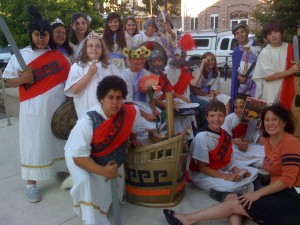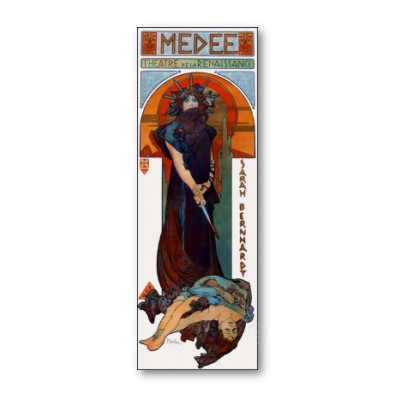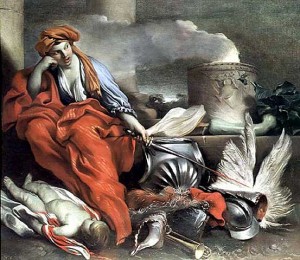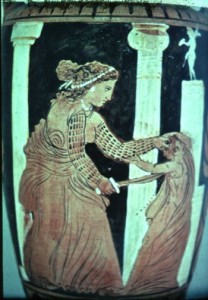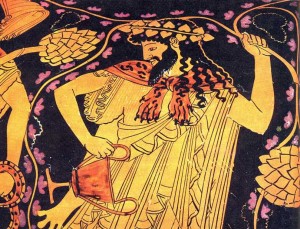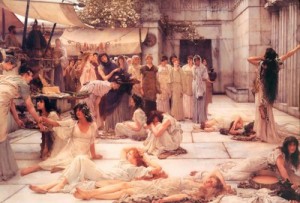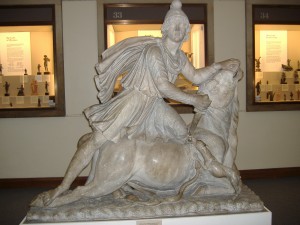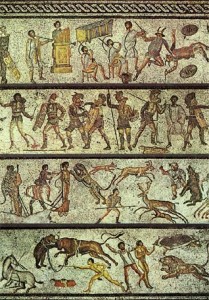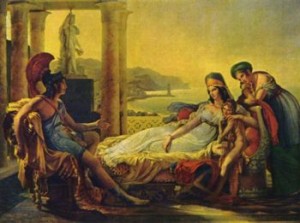Click here for direct link to audio podcast Episode #60. 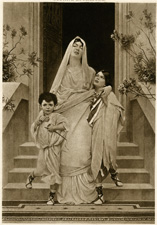
Click here for previous audio podcast episodes.
Happy New Year, Everyone! I hope your holidays were full of friends, family, and food! It is my resolution to get us back on a weekly schedule. I have so much I want to share with you and this year I vow to make time! Hold me to it! Send me an email so I know you are out there listening!
Today’s podcast introduces us to two dashing and idealistic brothers whose political lives focused on land reform and empowerment for the common people. Their mother, Cornelia, was famous for her great devotion and dignity. Her example was promoted as the ideal for a Roman matron.
From Weston’s book:
“The two Gracchi brothers in blood, were both inspired with the sense of the evils produced by the decrease in the number of freemen and the increase in the number of slaves in the Roman state, and by the tendency of wealth to pass more and more into the hands of the few at the expense of the many.”
Today’s episode from Plutarch’s Lives for Boys & Girls, retold by W.H. Weston, and illustrated by W. Rainey, published in London & Edinburgh in the early 1900′s.
Enjoy!
For some amazing 19th century prints, check out this website I’ve just discovered:
Darvill’s Rare Prints.
EXPLORE MY WEBSITE TO SEE THE AMAZING
ANCIENT WORLD ACTIVITIES I’VE CREATED!
